Home>Construction & Tools>Building Materials>How To Remove Stains From Stucco
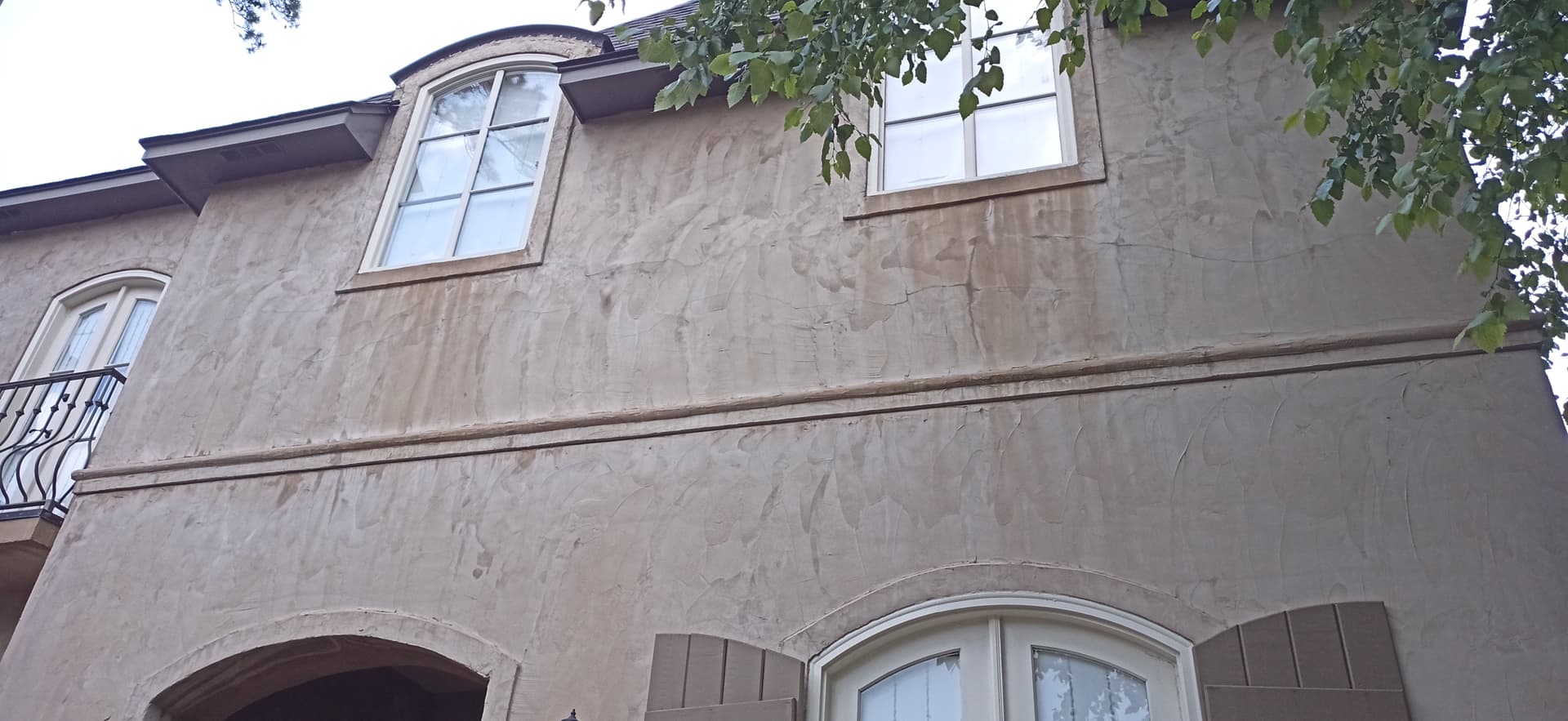

Building Materials
How To Remove Stains From Stucco
Published: January 17, 2024
Learn effective techniques for removing stains from stucco, a popular building material. Discover the best methods for restoring the pristine appearance of your stucco surfaces.
(Many of the links in this article redirect to a specific reviewed product. Your purchase of these products through affiliate links helps to generate commission for Storables.com, at no extra cost. Learn more)
Introduction
Stucco is a popular exterior finish for homes and buildings due to its durability, versatility, and timeless aesthetic appeal. However, over time, stucco surfaces can become marred by unsightly stains, detracting from their overall appearance. Whether it's organic stains like mold, mildew, or algae, or inorganic stains such as rust, efflorescence, or paint, restoring the pristine look of your stucco is essential to maintaining the curb appeal of your property.
In this comprehensive guide, we'll delve into the world of stucco stain removal, equipping you with the knowledge and techniques needed to effectively tackle various types of stains. From understanding the composition of stucco to identifying common stains, preparing the surface, and utilizing the right tools and materials, we'll cover every aspect to ensure that your stucco regains its original luster.
By the end of this article, you'll be well-versed in the art of stucco stain removal, empowering you to revitalize your stucco surfaces and preserve the beauty and integrity of your property. So, let's roll up our sleeves and embark on this transformative journey to restore the timeless allure of stucco exteriors.
Key Takeaways:
- Stucco surfaces can be marred by organic and inorganic stains, but with the right tools and techniques, you can effectively remove them and restore the timeless allure of your property.
- Regular maintenance, proper drainage, and protective coatings are key to preventing future stains and preserving the enduring beauty of stucco exteriors.
Read more: How To Remove Rust From Stucco
Understanding Stucco
Stucco, a traditional building material with roots dating back to ancient civilizations, has stood the test of time as a reliable and visually striking exterior finish. Composed of cement, sand, lime, and water, stucco offers exceptional durability and weather resistance, making it a popular choice for homes and commercial structures.
When applied to a substrate, such as wood or masonry, stucco forms a hard, protective shell that shields the underlying structure from the elements. Its composition allows for breathability, enabling moisture to escape, which is vital for preventing mold and mildew growth beneath the surface.
Stucco is available in various textures and finishes, ranging from smooth to coarse, and can be tinted to achieve a spectrum of colors, providing homeowners and architects with ample design flexibility. Its ability to emulate the look of natural materials, such as stone or brick, adds to its allure, making it a versatile choice for achieving diverse architectural styles.
With proper maintenance, stucco can retain its beauty for decades. However, like any exterior surface, it is susceptible to staining over time. Understanding the characteristics of stucco, including its porous nature and susceptibility to certain types of stains, is crucial in effectively addressing and preventing discoloration.
By comprehending the unique properties of stucco, we can approach stain removal with precision, ensuring that our efforts yield lasting results without compromising the integrity of the stucco surface. Armed with this knowledge, we can proceed to explore the specific types of stains that commonly afflict stucco exteriors and the appropriate methods for their removal.
Common Stains on Stucco
Stucco, while resilient, is susceptible to an array of stains that can compromise its visual appeal. Understanding the nature of these stains is essential for implementing targeted removal strategies. Let’s explore some of the most prevalent types of stains that can mar stucco surfaces:
1. Organic Stains:
Organic stains, such as mold, mildew, algae, and moss, thrive in moist and shaded environments. These unsightly blemishes not only detract from the aesthetic appeal of stucco but can also pose health risks and accelerate surface deterioration if left unchecked. Their presence is often attributed to factors like excessive humidity, poor ventilation, and proximity to vegetation.
2. Inorganic Stains:
Inorganic stains encompass a broad spectrum of discolorations, including rust, efflorescence, and paint. Rust stains typically result from metal fixtures, such as nails or brackets, coming into contact with the stucco and oxidizing over time. Efflorescence, characterized by white, powdery deposits, arises from the migration of salts to the surface of the stucco. Paint stains, whether from accidental splatters or improper application, can compromise the uniformity of the stucco finish.
Read more: How To Remove Vines From Stucco
3. Environmental Stains:
Environmental factors, such as pollution, dirt, and mineral deposits, can also mar the appearance of stucco. Airborne pollutants and mineral-laden water can leave behind stubborn stains, gradually dulling the vibrancy of the stucco surface.
4. Water Stains:
Water stains, often the result of leaks or prolonged exposure to moisture, can manifest as dark streaks or patches on stucco. These stains not only compromise the visual appeal of the stucco but may also indicate underlying water infiltration issues that need to be addressed to prevent further damage.
By familiarizing ourselves with the diverse array of stains that can afflict stucco, we can tailor our stain removal approach to effectively combat each type of discoloration. In the subsequent sections, we will delve into the specific techniques and remedies for eradicating these stains, equipping you with the knowledge to restore the pristine beauty of your stucco exteriors.
Tools and Materials Needed
Before embarking on the journey to restore the luster of your stucco surfaces, it’s essential to gather the requisite tools and materials to ensure a successful and efficient stain removal process. Here’s a comprehensive list of the items you’ll need:
Tools:
- Stiff-bristled brush or broom: Ideal for scrubbing and agitating the stucco surface to dislodge stains.
- Pressure washer: An effective tool for thoroughly rinsing the stucco and removing embedded dirt and stains.
- Soft-bristled brush or sponge: Useful for applying cleaning solutions and treating delicate stucco finishes.
- Scrubbing pad or non-abrasive sponge: Recommended for gently addressing stains without damaging the stucco texture.
- Putty knife: Helpful for scraping off stubborn residues or paint stains.
- Painter’s tape and plastic sheeting: Essential for protecting adjacent surfaces and fixtures from cleaning solutions and runoff.
- Protective gear: This includes gloves, safety goggles, and a respirator to safeguard against chemical exposure and airborne particles during the cleaning process.
Read more: How To Remove Stucco From Interior Walls
Materials:
- Cleaning solution: Depending on the type of stain, this may include a mixture of water and mild detergent, bleach, vinegar, hydrogen peroxide, or specialized stucco cleaners.
- Baking soda or trisodium phosphate (TSP): Effective for tackling organic stains and mold remediation.
- Rust remover: Required for addressing rust stains caused by metal elements in contact with the stucco.
- Efflorescence cleaner: Specifically formulated to dissolve and remove efflorescence deposits from stucco surfaces.
- Stain-blocking primer: Essential for treating severe or persistent stains before repainting the stucco.
- Stucco patching compound: If the stain removal process exposes damaged or deteriorated areas, a patching compound may be needed to restore the stucco’s integrity.
By ensuring that you have the appropriate tools and materials at your disposal, you can approach the stain removal process with confidence and precision, maximizing the effectiveness of your efforts while safeguarding the condition of your stucco surfaces. With these resources in hand, you are well-equipped to embark on the journey to rejuvenate the timeless allure of your stucco exteriors.
Preparing the Stucco Surface
Before diving into the stain removal process, it’s crucial to prepare the stucco surface to optimize the effectiveness of your efforts. Proper preparation not only ensures thorough stain removal but also minimizes the risk of damaging the stucco or surrounding areas during the cleaning process. Here’s a step-by-step guide to preparing the stucco surface:
1. Clear the Surrounding Area:
Remove any outdoor furniture, decorations, or potted plants near the stucco to create unobstructed access to the surface. This prevents accidental damage to items and facilitates a more comprehensive cleaning process.
2. Protect Adjacent Surfaces:
Use painter’s tape and plastic sheeting to cover nearby fixtures, windows, and doors to shield them from cleaning solutions and runoff. This precautionary measure helps prevent unintended damage to non-stucco elements and facilitates a more focused cleaning effort.
Read more: How To Remove Stains From Mattress
3. Pre-Rinse the Stucco:
Before applying any cleaning solutions, give the stucco surface a preliminary rinse with a garden hose or pressure washer. This helps dislodge loose debris and surface dirt, priming the stucco for more effective stain removal.
4. Test Cleaning Solutions:
Prior to applying any cleaning solutions to the entire stucco surface, perform a spot test in an inconspicuous area. This allows you to assess the solution’s compatibility with the stucco finish and ensures that it does not cause discoloration or damage.
5. Follow Safety Precautions:
Equip yourself with protective gear, including gloves, safety goggles, and a respirator, especially when working with chemical cleaners or mold remediation solutions. Adhering to safety protocols is essential to safeguarding your well-being during the stain removal process.
6. Allow for Adequate Drying Time:
Prior to applying any stain removal agents or primers, ensure that the stucco surface is completely dry. This prevents dilution of cleaning solutions and promotes better adhesion of subsequent treatments.
By meticulously preparing the stucco surface, you set the stage for a successful stain removal endeavor, minimizing the likelihood of complications and maximizing the efficacy of your cleaning efforts. With the groundwork laid, you are ready to embark on the targeted removal of organic and inorganic stains that may mar the beauty of your stucco exteriors.
Read more: How To Remove Stain From Fence
Removing Organic Stains
Organic stains, such as mold, mildew, algae, and moss, can detract from the pristine appearance of stucco surfaces, necessitating targeted removal methods to restore their original allure. Here’s a comprehensive guide to eradicating organic stains from stucco:
1. Cleaning Solution Preparation:
For mild to moderate organic stains, a simple yet effective cleaning solution can be concocted using a mixture of water and mild detergent. Alternatively, a solution of equal parts water and white vinegar or hydrogen peroxide can be employed for natural and environmentally friendly stain removal.
2. Application and Agitation:
Apply the cleaning solution to the affected areas using a soft-bristled brush or sponge. Gently scrub the stucco surface in a circular motion, focusing on the stained regions. For more stubborn stains, a mixture of water and baking soda or trisodium phosphate (TSP) can be used to enhance the cleaning power.
3. Rinse and Repeat:
Thoroughly rinse the stucco surface using a garden hose or pressure washer to remove the loosened debris and residual cleaning solution. If any stains persist, repeat the application and scrubbing process until the desired results are achieved, ensuring that the stucco is uniformly clean and free of organic blemishes.
Read more: How To Remove Stains From A Tablecloth
4. Preventative Measures:
To deter the recurrence of organic stains, ensure that the surrounding area is well-ventilated and receives adequate sunlight. Trimming overhanging vegetation and addressing sources of excess moisture can mitigate the conditions conducive to organic growth, prolonging the stucco’s pristine appearance.
5. Mold Remediation:
In cases of severe mold infestation, it may be necessary to consult professional mold remediation services to address the issue comprehensively. This ensures the thorough eradication of mold and safeguards the structural integrity of the stucco and underlying substrate.
By employing these targeted techniques, you can effectively combat organic stains, rejuvenating the visual appeal of your stucco exteriors and preserving their timeless charm. With the organic stains addressed, we can now turn our attention to the removal of inorganic stains that may mar the pristine facade of stucco surfaces.
Removing Inorganic Stains
Addressing inorganic stains, such as rust, efflorescence, and paint, requires targeted approaches tailored to the specific nature of each discoloration. Here’s a comprehensive guide to effectively removing inorganic stains from stucco surfaces:
1. Rust Stain Removal:
To combat rust stains caused by metal elements in contact with the stucco, utilize a specialized rust remover following the manufacturer’s instructions. Apply the rust remover to the affected areas and gently scrub with a soft-bristled brush or sponge. Thoroughly rinse the stucco surface to eliminate residual rust remover and loosened debris, ensuring the complete removal of rust stains.
Read more: How To Remove Stains From Brick
2. Efflorescence Treatment:
Efflorescence, characterized by white, powdery deposits on the stucco surface, necessitates the use of an efflorescence cleaner designed to dissolve and remove these salt deposits. Apply the cleaner as per the manufacturer’s guidelines, allowing it to penetrate the affected areas. Subsequently, rinse the stucco surface thoroughly to eliminate efflorescence residues and restore its pristine appearance.
3. Paint Stain Remediation:
If the stucco has been marred by paint stains, a cautious approach is imperative to avoid damaging the stucco finish. Utilize a putty knife to carefully scrape off the paint residue, exercising care to prevent unnecessary abrasion. For persistent paint stains, a gentle scrubbing pad or non-abrasive sponge can be employed in conjunction with a mild cleaning solution to lift the remaining paint without compromising the stucco texture.
4. Stain-Blocking Primer Application:
In cases where severe or persistent stains have been treated, it is advisable to apply a stain-blocking primer to the affected areas before repainting the stucco. This primer seals the surface, preventing residual stains from bleeding through the new paint, and promotes an even and durable finish.
5. Surface Inspection and Repair:
Following the stain removal process, conduct a thorough inspection of the stucco surface to identify any areas that may have sustained damage or deterioration. Utilize a stucco patching compound to repair any compromised sections, ensuring the structural integrity and visual consistency of the stucco exteriors.
By employing these targeted strategies, you can effectively combat inorganic stains, revitalizing the pristine allure of your stucco surfaces and preserving their timeless elegance. With the inorganic stains successfully addressed, we can explore essential tips for preventing future stains and maintaining the enduring beauty of stucco exteriors.
Read more: How To Remove Stains From A Blanket
Tips for Preventing Stains
Preserving the immaculate appearance of stucco exteriors entails proactive measures to prevent the recurrence of stains and maintain the timeless allure of these surfaces. By implementing the following tips, you can safeguard your stucco against unsightly blemishes and prolong its visual appeal:
1. Regular Cleaning and Maintenance:
Establish a routine for inspecting and cleaning your stucco surfaces, addressing any signs of dirt, organic growth, or discoloration promptly. Regular maintenance prevents the accumulation of debris and stains, preserving the pristine appearance of the stucco.
2. Proper Drainage and Ventilation:
Ensure that the surrounding landscape facilitates proper drainage, preventing water from pooling near the stucco surface. Additionally, promote adequate ventilation to mitigate excess moisture, inhibiting the conditions conducive to mold, mildew, and algae growth.
3. Trim Vegetation and Foliage:
Maintain a clear perimeter around the stucco by trimming vegetation and foliage, preventing overhanging branches and leaves from creating shaded, moisture-retaining areas that foster organic growth and staining.
Read more: How To Remove Stains From Furniture
4. Address Water Infiltration Promptly:
Inspect the exterior of your property for signs of water infiltration, including leaks, damaged gutters, and plumbing issues. Timely resolution of these issues prevents water stains and minimizes the risk of structural damage to the stucco and underlying substrate.
5. Protective Coatings and Sealants:
Consider applying protective coatings or sealants specifically formulated for stucco surfaces. These products provide an additional barrier against stains, moisture penetration, and environmental pollutants, prolonging the stucco’s pristine appearance.
6. Professional Inspections and Repairs:
Periodically enlist the services of professionals to conduct comprehensive inspections of your stucco exteriors. Address any structural issues, cracks, or compromised areas promptly to prevent the onset of stains and preserve the integrity of the stucco finish.
By integrating these preventative measures into your stucco maintenance regimen, you can fortify the resilience of your stucco exteriors against stains and environmental blemishes, ensuring that they retain their enduring beauty for years to come. With these tips at your disposal, you are empowered to safeguard the pristine allure of your stucco surfaces and uphold their timeless appeal.
Conclusion
In the realm of stucco maintenance, the art of stain removal is a pivotal skill that empowers homeowners and property caretakers to preserve the timeless allure of stucco exteriors. By understanding the composition and characteristics of stucco, identifying common types of stains, and employing targeted removal techniques, we can rejuvenate the visual appeal of stucco surfaces and safeguard their enduring beauty.
From the meticulous preparation of stucco surfaces to the strategic removal of organic and inorganic stains, this comprehensive guide has equipped you with the knowledge and techniques needed to embark on a transformative journey to restore the pristine luster of your stucco exteriors. By gathering the essential tools and materials, preparing the stucco surface, and implementing targeted stain removal methods, you can effectively combat a spectrum of stains, from organic growth to rust and paint blemishes.
Furthermore, the proactive tips for preventing stains serve as a cornerstone for maintaining the impeccable appearance of stucco exteriors, mitigating the risk of future blemishes and preserving the enduring charm of these surfaces. By integrating regular maintenance, proper drainage, and protective coatings, you can fortify the resilience of your stucco against environmental factors and minimize the likelihood of staining.
As you embark on the journey to revitalize your stucco surfaces, remember that the preservation of stucco’s timeless allure is not merely a task but an art form—a testament to your dedication to upholding the beauty and integrity of your property. With the knowledge and insights gleaned from this guide, you are poised to embark on this transformative endeavor with confidence and precision, ensuring that your stucco exteriors continue to captivate and endure for years to come.
Armed with these insights and techniques, you are well-prepared to embark on the transformative journey of restoring the timeless allure of your stucco exteriors, ensuring that they continue to captivate and endure for years to come.
Frequently Asked Questions about How To Remove Stains From Stucco
Was this page helpful?
At Storables.com, we guarantee accurate and reliable information. Our content, validated by Expert Board Contributors, is crafted following stringent Editorial Policies. We're committed to providing you with well-researched, expert-backed insights for all your informational needs.
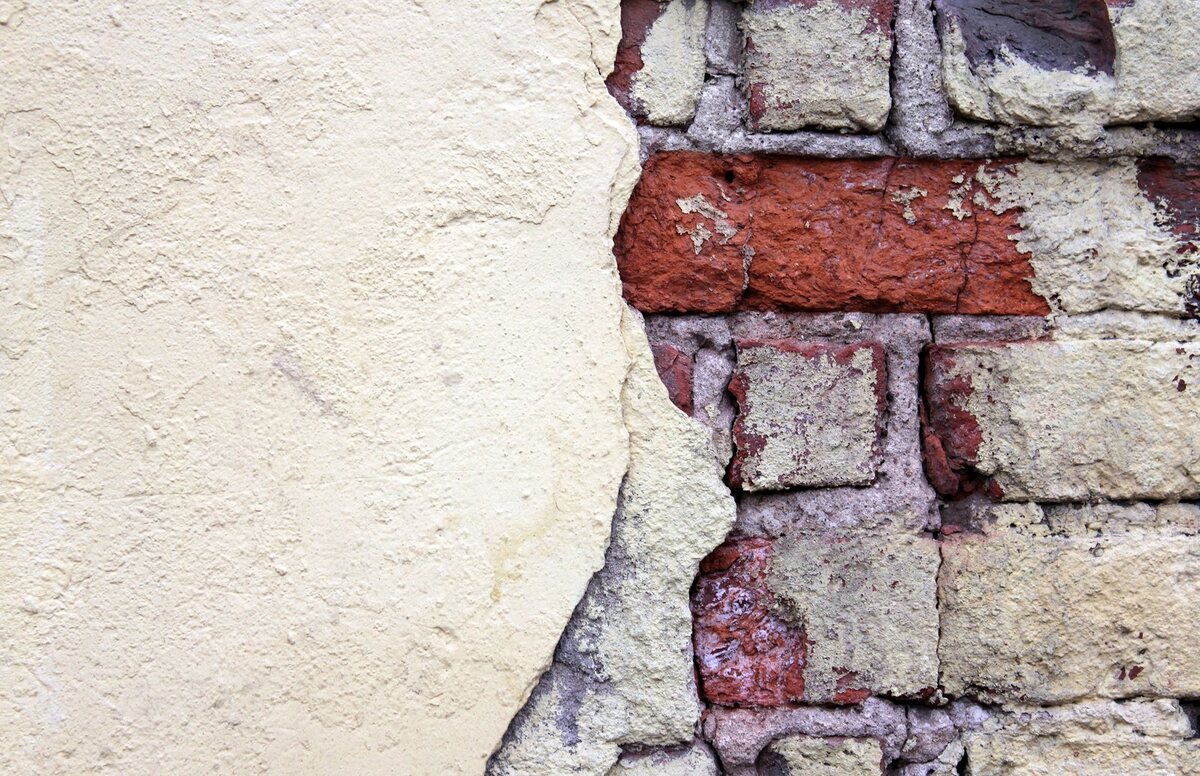
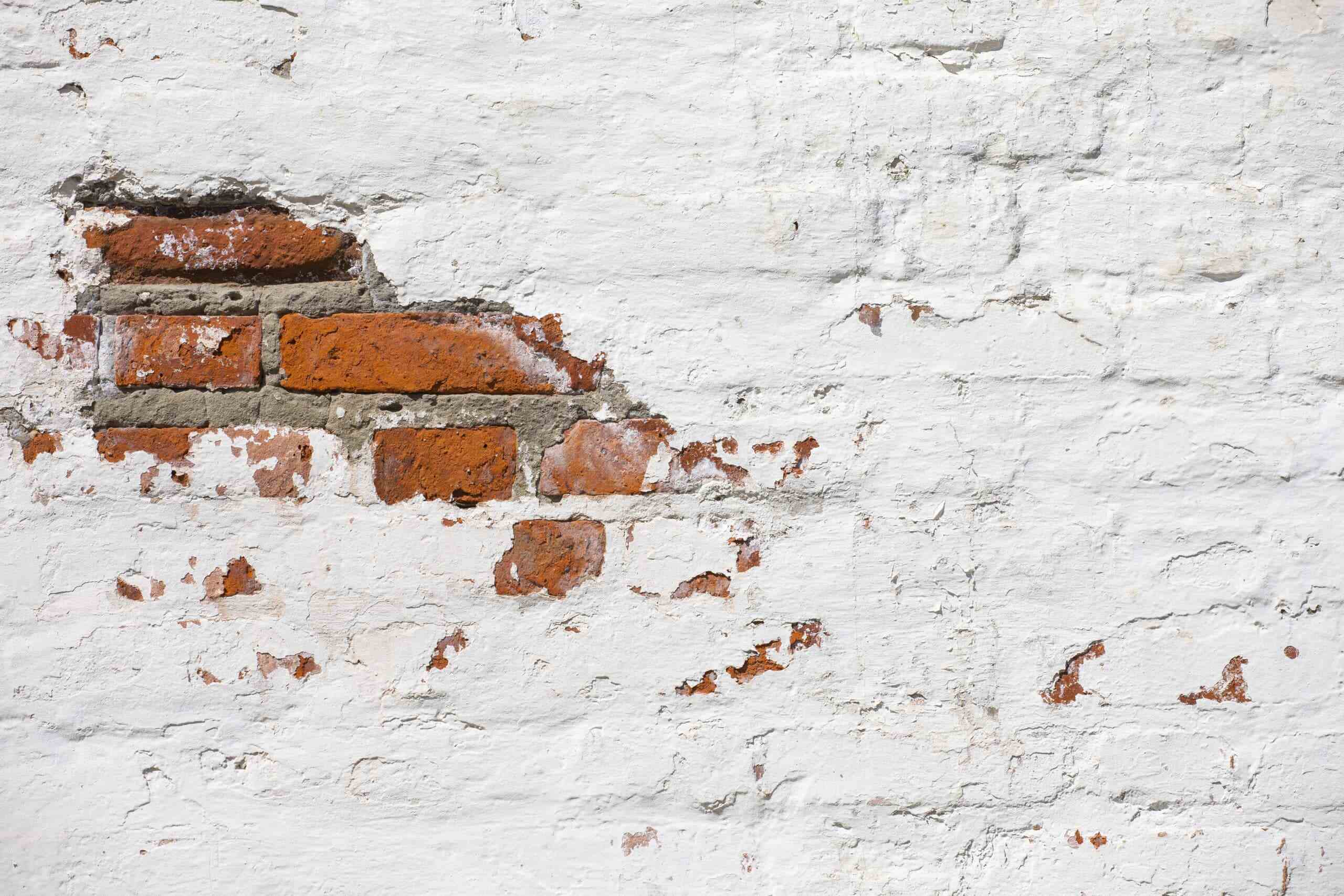
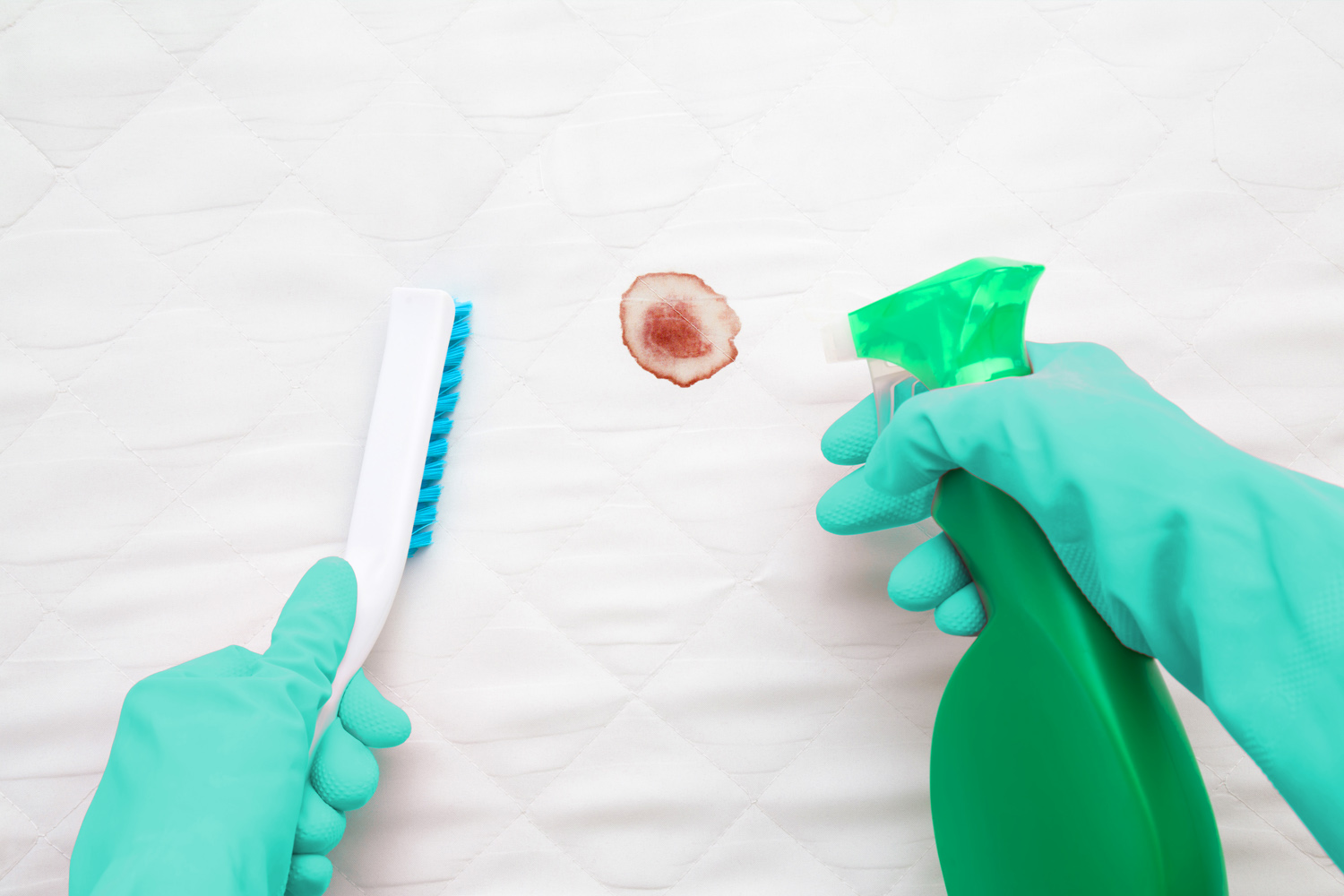
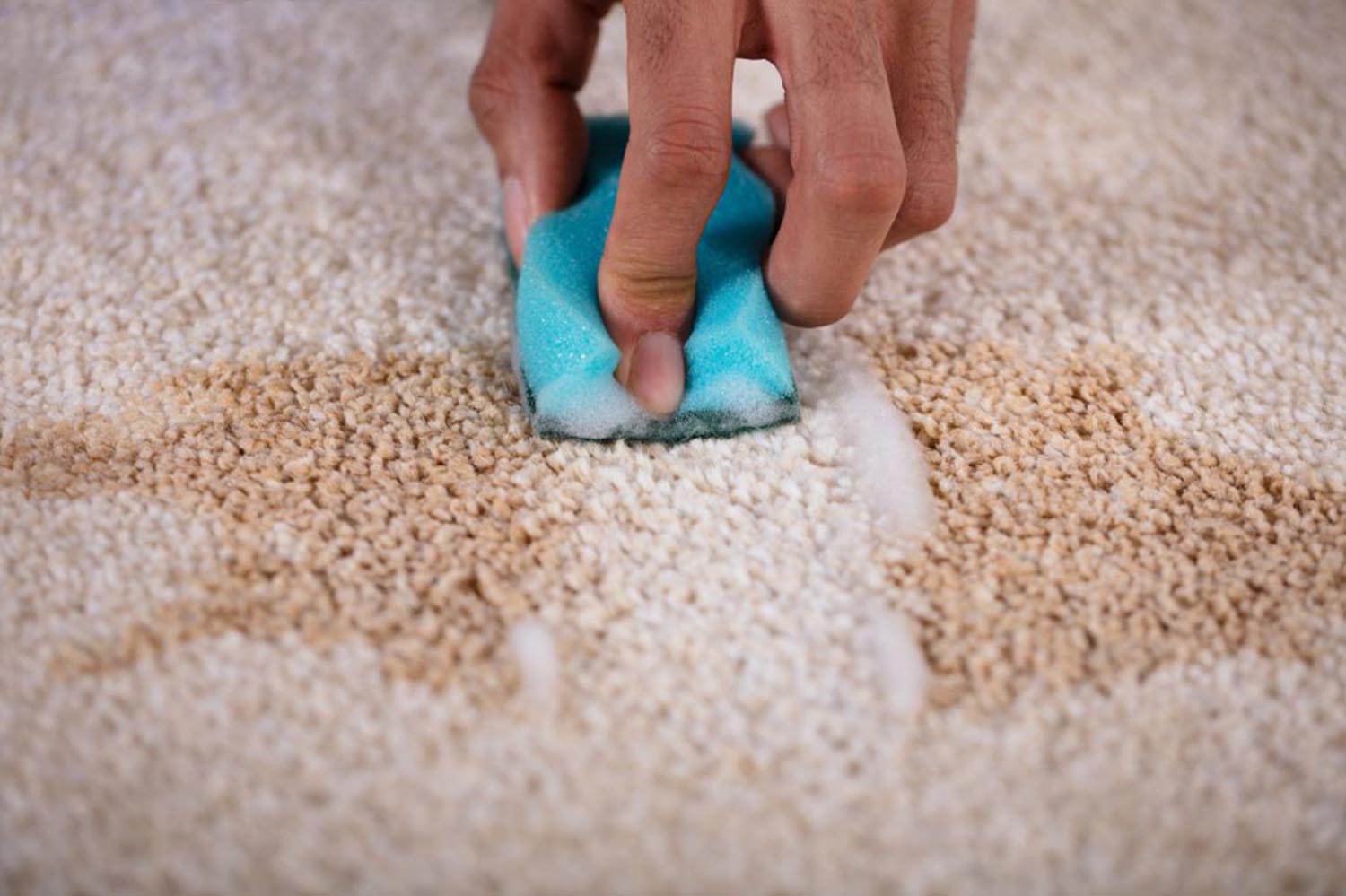
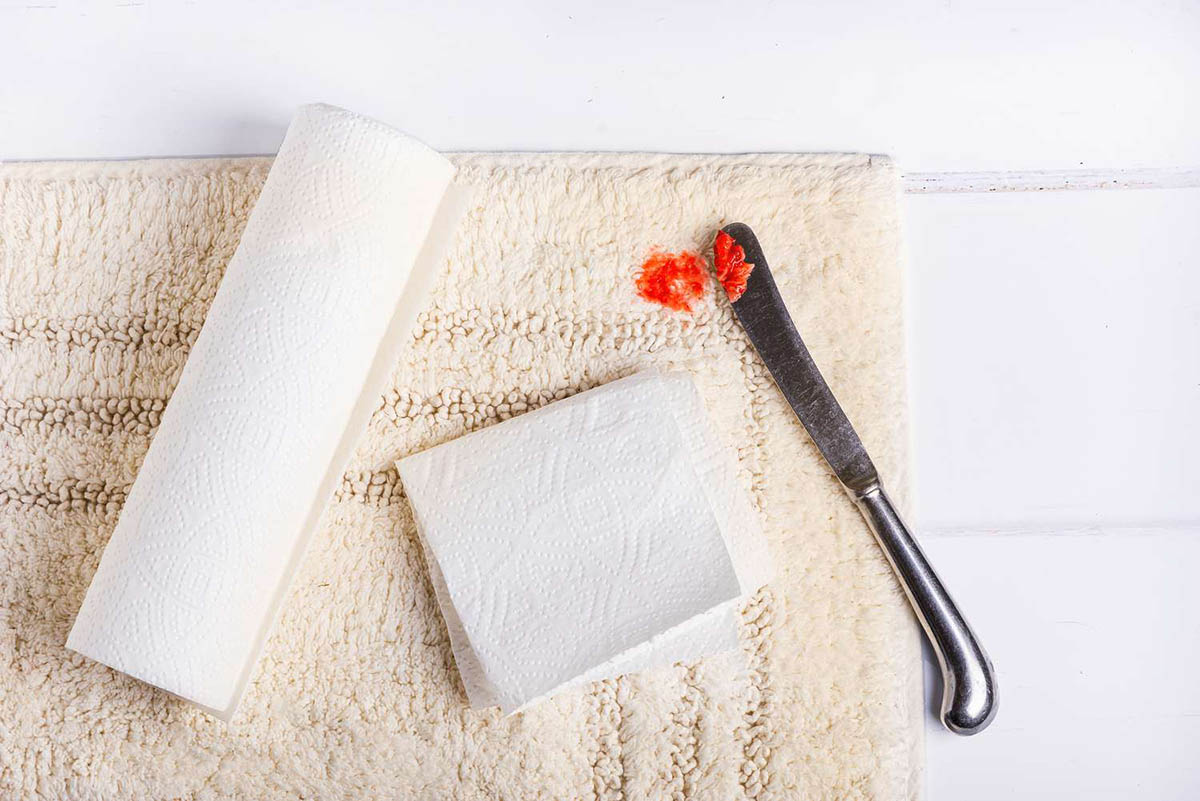
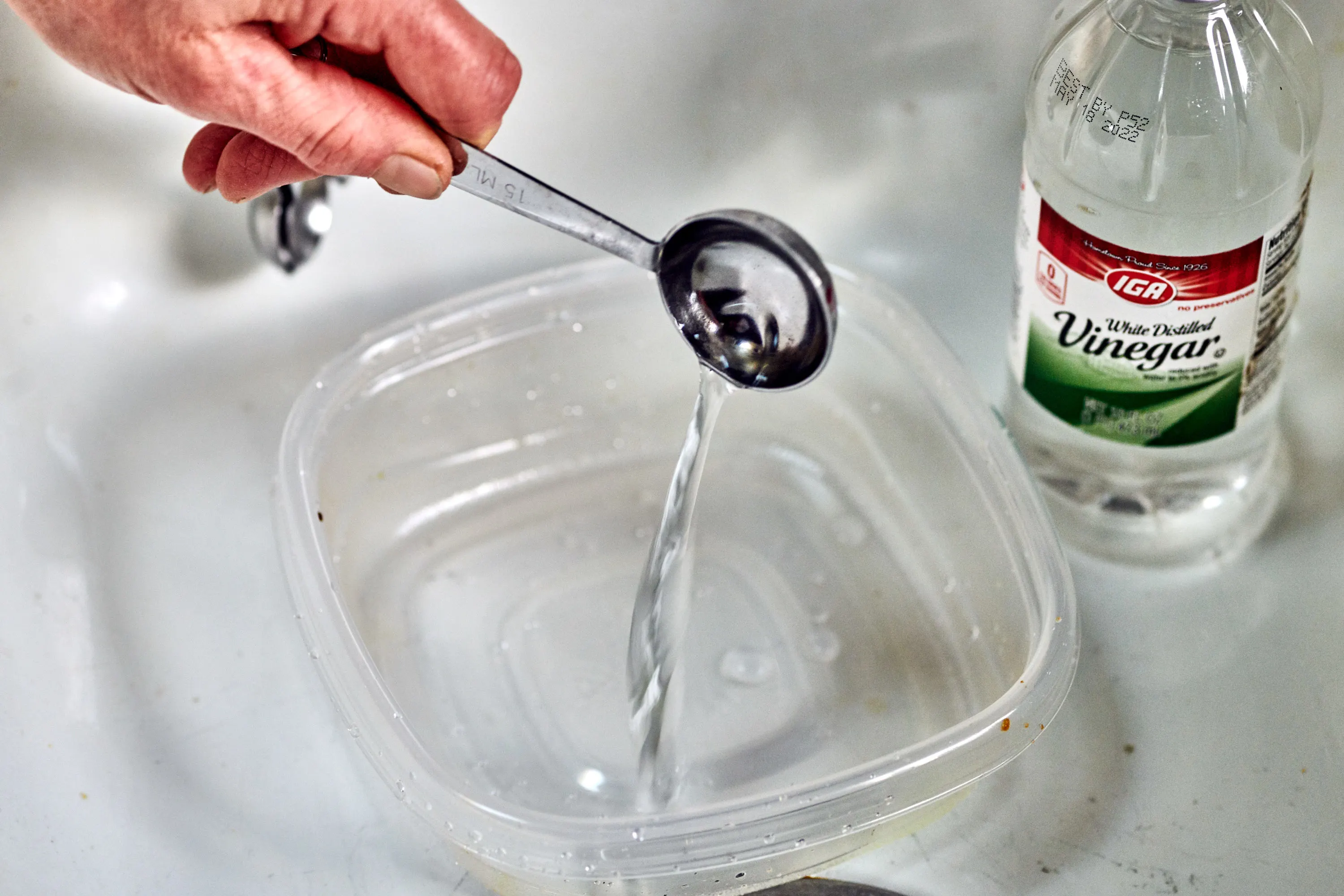
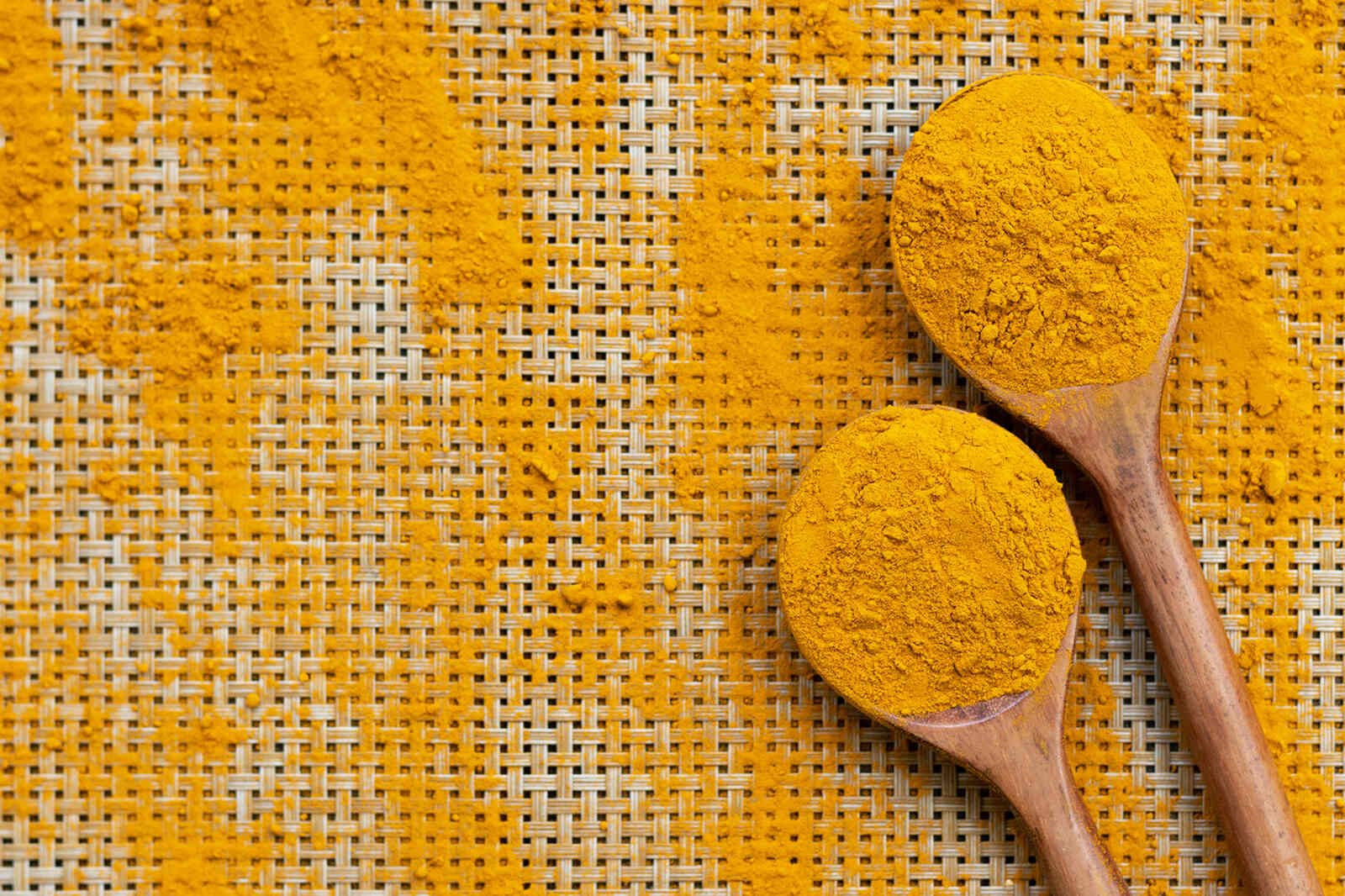

0 thoughts on “How To Remove Stains From Stucco”